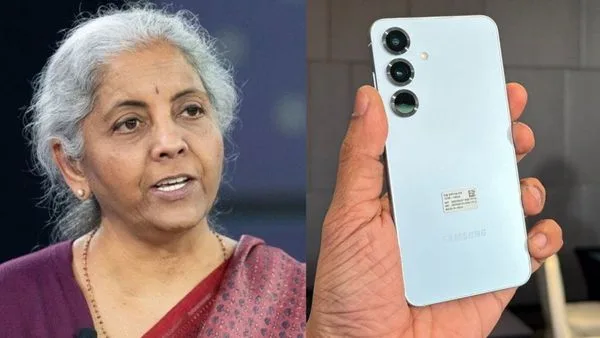The Union Budget 2025-26, delivered by Finance Minister Nirmala Sitharaman on February 1, announced key reforms to turbocharge India’s mobile-making sector. One of the major highlights of the announcements made on Wednesday was abolishing import duties on critical mobile phone components, a decision that is expected to increase local manufacturing and attract global manufacturers.

Table of Contents
What Does the New Budget 2025 Have in Store for the Smartphone Industry?
Previously essential components, including PCBA parts, camera modules, connectors, etc. were subjected to a 2.5% basic customs duty. This exclusion now applies to raw materials utilized in wired headsets, microphones, USB cables, fingerprint scanners, and receivers. The government aims to cut down on production and incentivize localization, which will make India a global electronic hub by removing these taxes. Companies such as Apple and Xiaomi, which have already invested in India’s manufacturing ecosystem, are likely to benefit significantly.

To further promote the large-scale manufacture of electronics, the government announced ₹8,885 crore for the same under the Production-Linked Incentive (PLI) scheme. Moreover, ₹115 crore has been earmarked for IT hardware manufacturing which underlines the government’s determination to go for self-reliant India. As trade tensions rise between the United States and China, these incentives could position India as an attractive alternative to global supply chains.
These policy measures have been welcomed by industry leaders. In a statement, Arijeet Talapatra, CEO of itel and Tecno said, the move will improve cost efficiency by passing on benefits to customers and will fast-track localization. Rahul Sharma, a co-founder of Micromax Informatics, said the changes would reduce the cost of manufacturing and allow Indian consumers access to advanced technology.

The budget also realigned customs duties on IT hardware. It has increased the customs duty on Interactive Flat Panel Displays (IFPDs) from 20 percent to 10 percent to encourage local manufacturing while reducing or exempting duty on open cells used in LED and LCD TVs. These measures are expected to strengthen India’s position as a global production hub, attracting investment and innovation within the smartphone ecosystem, with India already being the second-largest mobile phone manufacturer in the world.
FAQs
How will Budget 2025 impact smartphone prices in India?
With import duties removed on key components, manufacturing costs could drop, potentially leading to more affordable smartphones.
Which companies benefit the most from these changes?
Brands like Apple, Xiaomi, and Samsung, which manufacture in India, are expected to gain from lower production costs.








